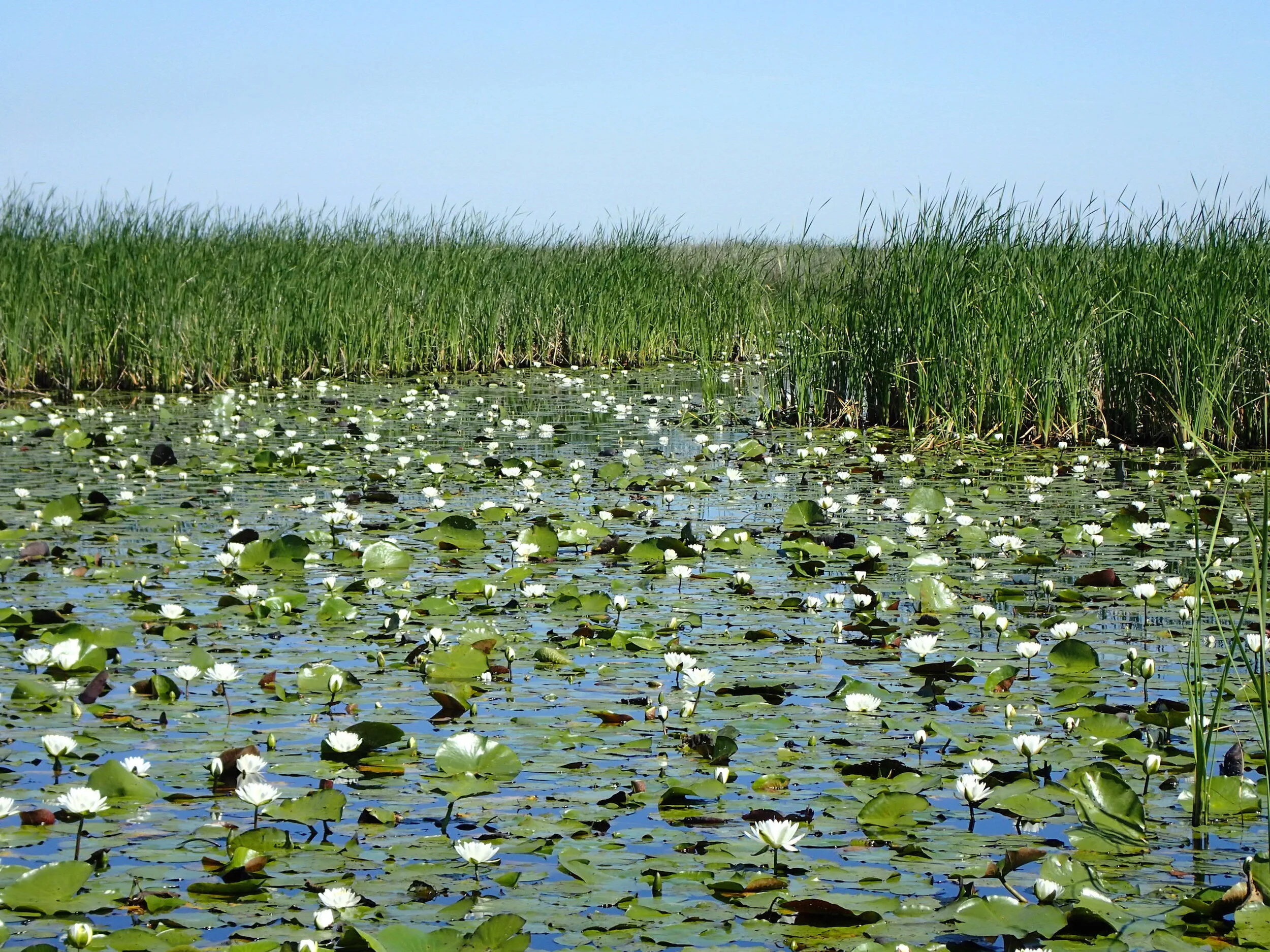Wavelab
We have a wet laboratory that was constructed to facilitate research on how living materials reduce erosion. The facility has a primary flume and a secondary portable demonstration flume. It is adjacent to a greenhouse where we grow the living materials, and another set of rooms used for programming and construction of hydrodynamic field-based equipment. The lab is equipped with the following: 8 Banner ultrasonic sensors, 1 Nortek Vectrino acoustic doppler velocimeter, 1 Nortek Aquadopp acoustic doppler current profiler, 1 Gill 3D anemometer, 14 Schlumberger CDTs, 6 HOBOs, 1 rain gauge, 1 wind meter, 1 drag-lift force sensor, strain-gauge array, and peripherals, 2 DATAQ dataloggers, 3 scales, 1 large drying oven, 2 muffle-furnaces, 1 full set of sieves, shakers, grinders, and related soil equipment, 2 different sand types in storage (1 from Texas, 1 from Oregon), 2 data collection computers, irrigation system and large number of containers and supplies for growing plants.
Field Storage and Vehicles at the Range Site
We have a field storage site where we house our field supplies and vehicles. These include: 2 flat-bottom boats equipped with mud motors, trailers, UTV, tractor, hardware, field tools, a large array of shop and welding equipment.
Offices and Computing
At our main location in the Wildlife, Fisheries, and Ecological Sciences building (WFES), we have several offices for our lab’s faculty, staff, and graduate students. We also have two large GIS+RS+GNSS labs and our spatial analysis equipment. Each lab member has a computer station and we have dry lab space here for technical work as well.
Websites
We are operating a website devoted to the detection and mapping of tipping points in tidal wetlands. This work helps coastal wetland managers and scientists to improve the resiliency of these resources and identify areas of potential land loss before they happen.



